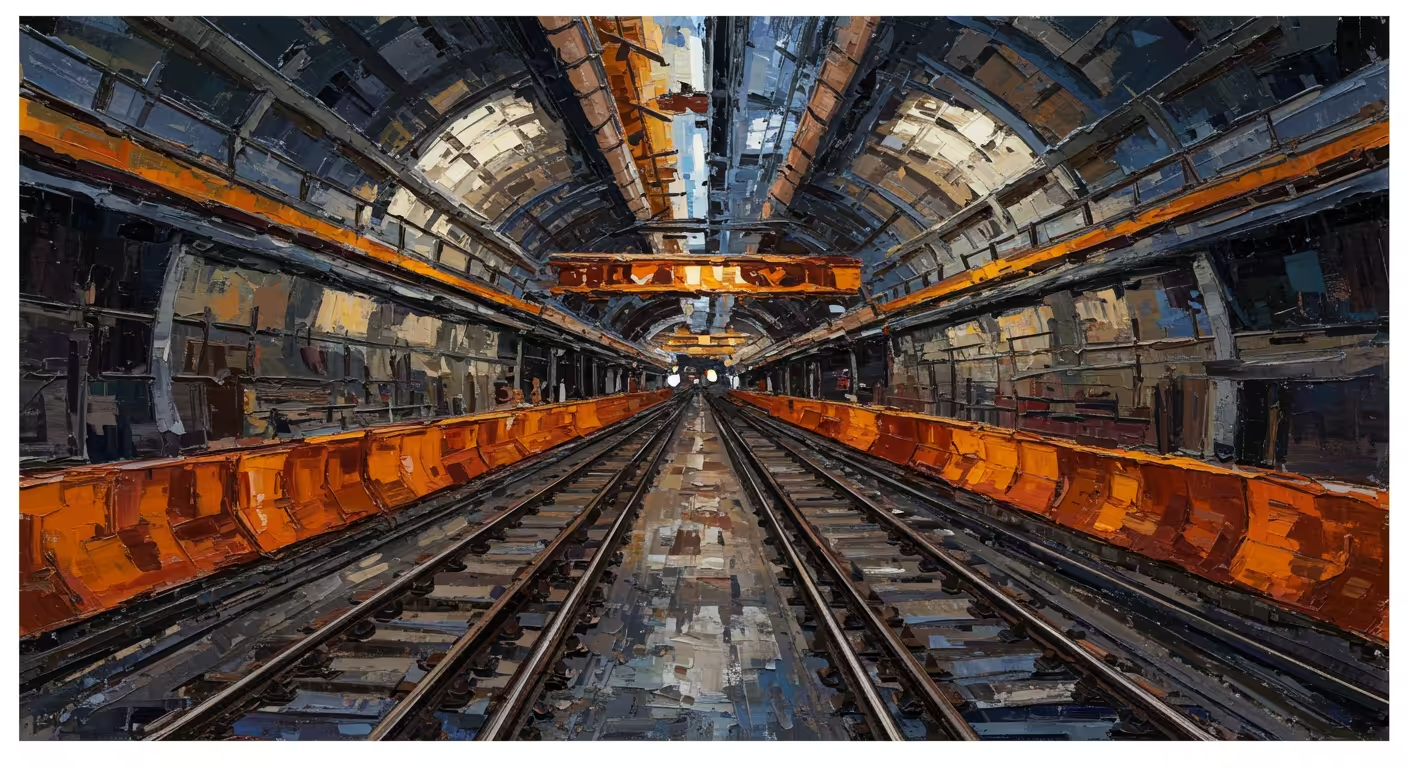- Sections
- Ruby
- Web Development
- Artificial Intelligence
- Urban Planning
- Astronomy
- Issue Navigation
- Previous Issue
- Next Issue
Monday, August 18, 2025
The Digital Press
All the Bits Fit to Print
Monday, August 18, 2025
All the Bits Fit to Print
The shift from cut and cover to tunnel-boring machines in subway construction

The article explores why modern subway construction has shifted from the historically cheaper "cut and cover" method to more expensive tunnel-boring machines (TBMs), focusing on political, social, and technological factors. Although cut and cover is often cheaper, its disruptive impact on urban areas and evolving technology have made TBMs the preferred choice.
Why it matters: The shift affects urban transportation costs, construction timelines, and community disruption during subway projects.
The big picture: Advances in tunnel-boring technology and increased urban resistance to surface disruption have reshaped subway construction economics and practices.
The stakes: Using cut and cover risks severe surface disruption, business losses, lawsuits, and political opposition, raising overall project costs despite lower direct construction expenses.
Commenters say: Readers debate the article's economic analysis, noting that broader productivity losses and urban disruption costs often outweigh raw digging expenses, questioning the article’s conclusions.